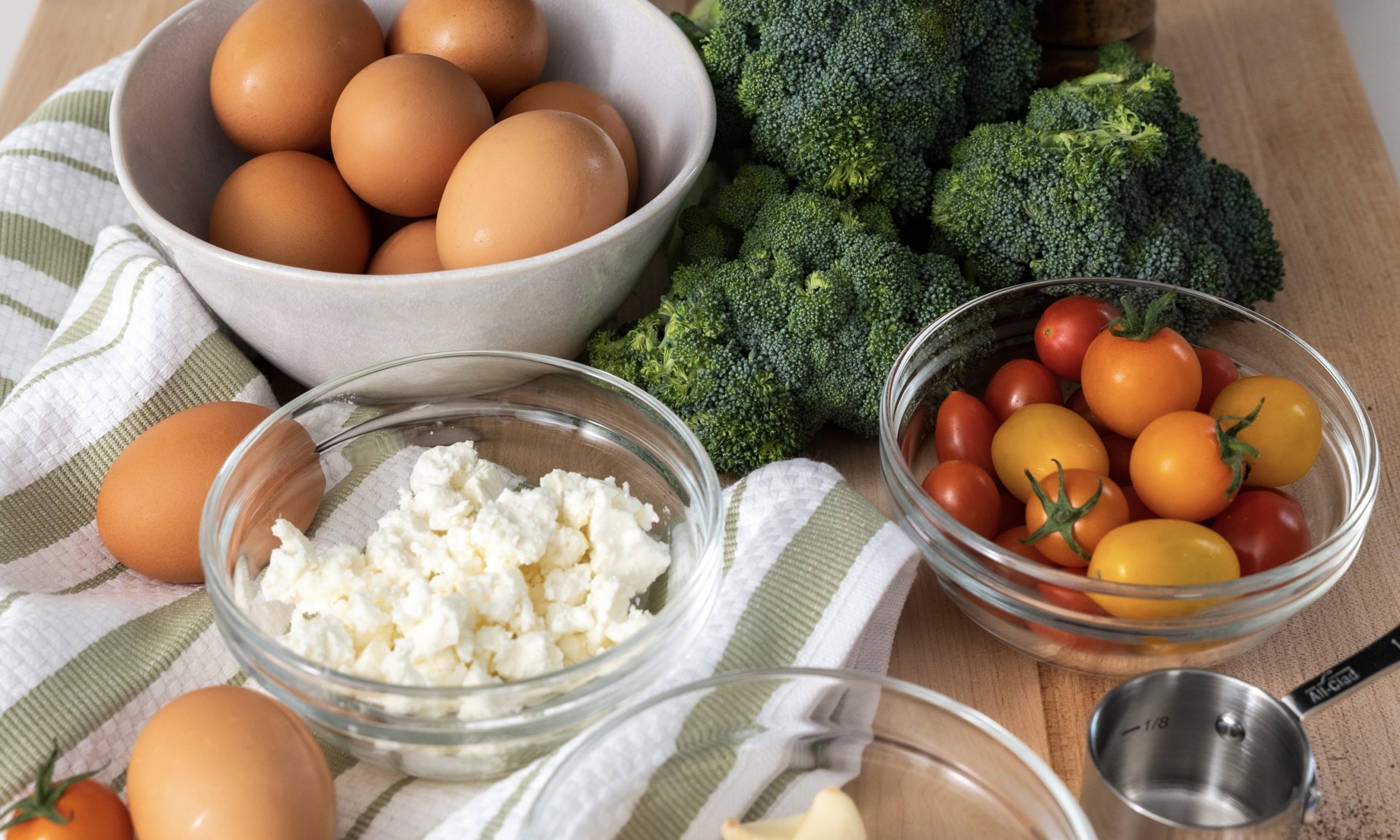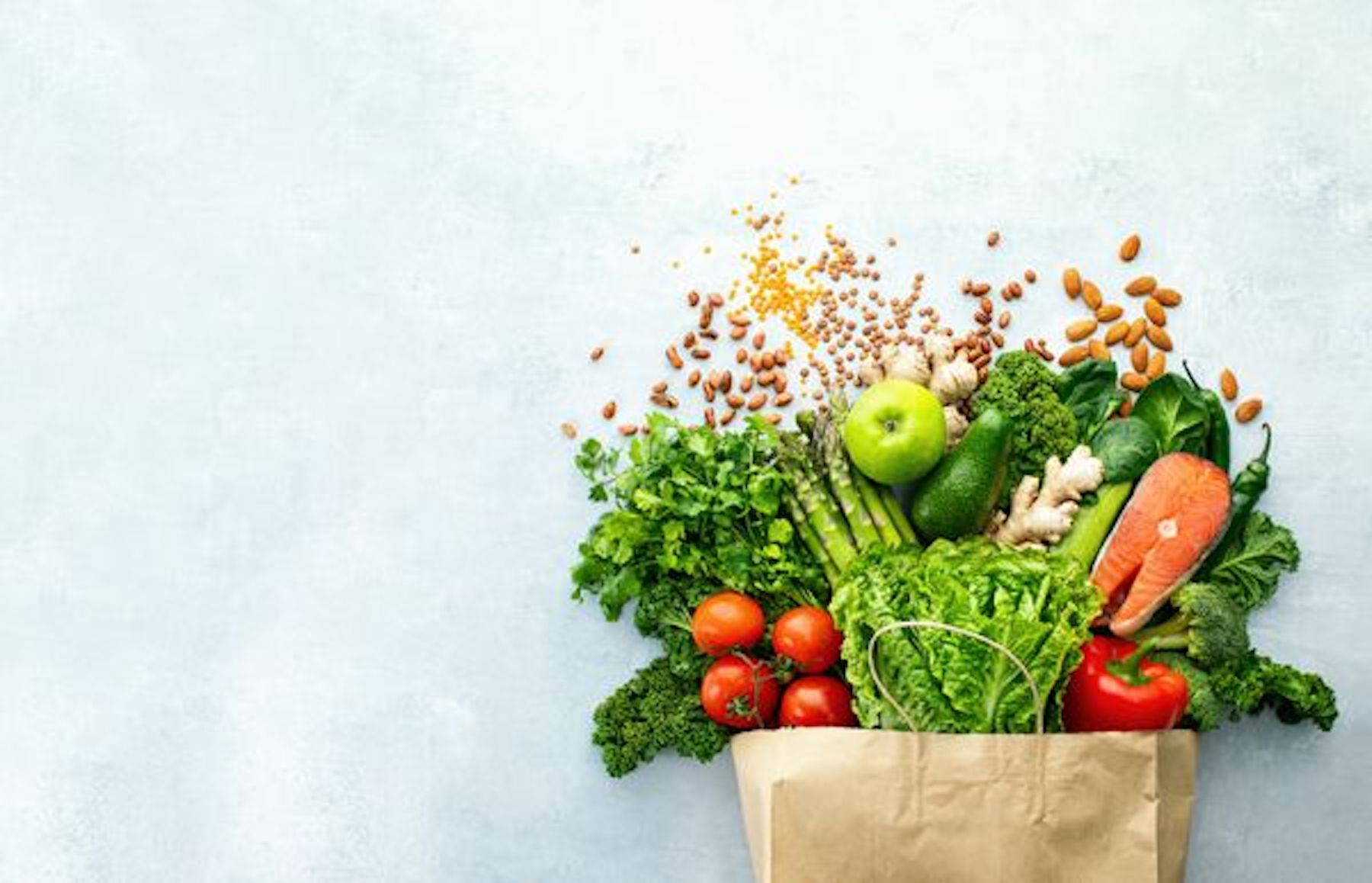Four Top Stories on Metabolic Insights:

Why metabolic health matters for cold and flu season
Metabolic dysfunction can make you more susceptible to catching seasonal illness and having worse outcomes—here’s how to protect yourself this year.
Read the Article

What is uric acid, and why should we measure it?
Traditionally considered problematic only along with gout or kidney stones, uric acid is now thought to play a key role in metabolic health.
Read the Article

19 Low-carb pasta and noodle recipes for better blood sugar
Satisfy a craving for Pad Thai, gnocchi, and more without spiking your blood glucose by trying these low-carb pasta recipes and tips.
Read the Article

5 Subtle signs of poor metabolic health
Metabolic dysfunction can take many forms and creep up slowly. Here are some symptoms to watch for, and ways to maintain optimal metabolic health
Read the Article
Three Research Studies That Caught Our Eye
Metabolic health disparities driven by financial stress: behavioral adaptation or modification?
tl;dr: People experiencing financial stress are more likely to have poor metabolic health. A new study attributes this connection, in part, to reduced sleep and low physical activity,
Probiotics and prediabetes: Data reveals benefits across a number of common factors – new meta-analysis
tl;dr: A meta-analysis of seven studies suggests that probiotics can improve metabolic health via multiple mechanisms, including: regulating the gut microbiome, reducing insulin resistance, increasing GLP-1 production, and mitigating inflammation.
(Nutra Ingredients – Asia) (Original Study)
Four Things to Watch and Listen To
Azure Grant, PhD explains how sleep affects your appetite, insulin sensitivity, and other aspects of metabolic health.
Dr. Casey Means joins Liz Moody to discuss blood sugar, metabolic syndrome, hormones, and more.
Watch Austin McGuffie and Ben Grynol describe the challenges of raising metabolically-healthy children in a culture saturated with processed food.
Cleveland Clinic researchers discuss why rates of diabetes seem to be higher among people with COVID-19.








